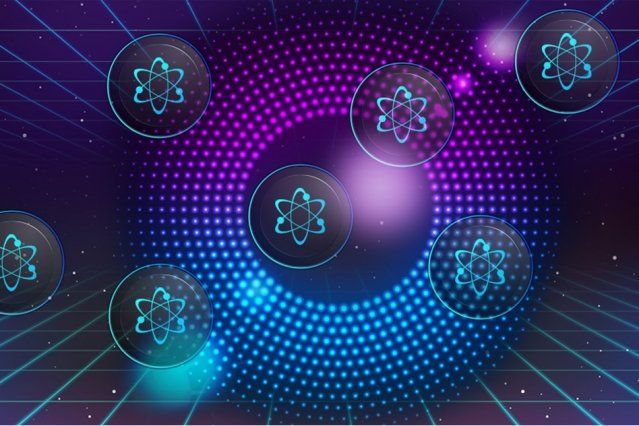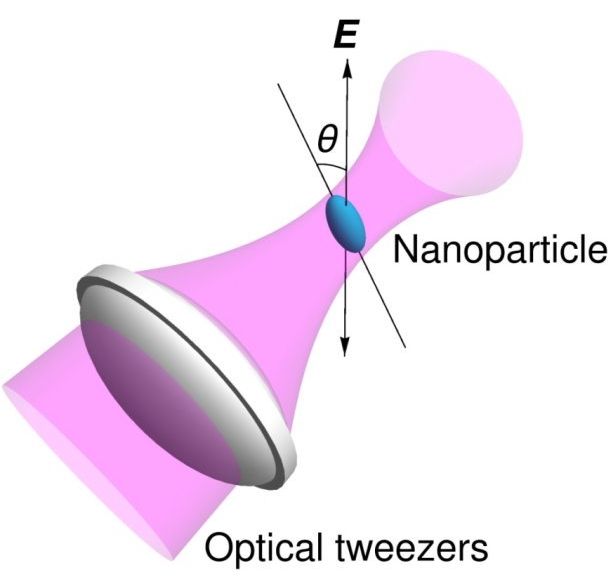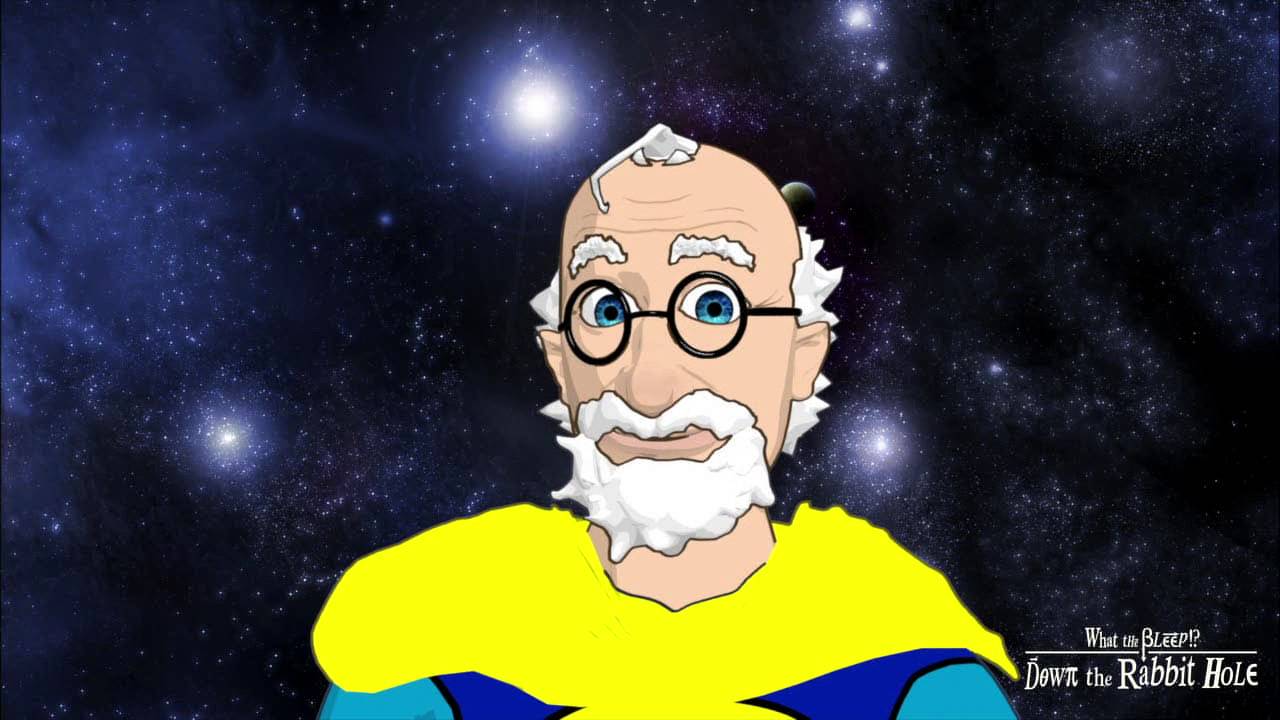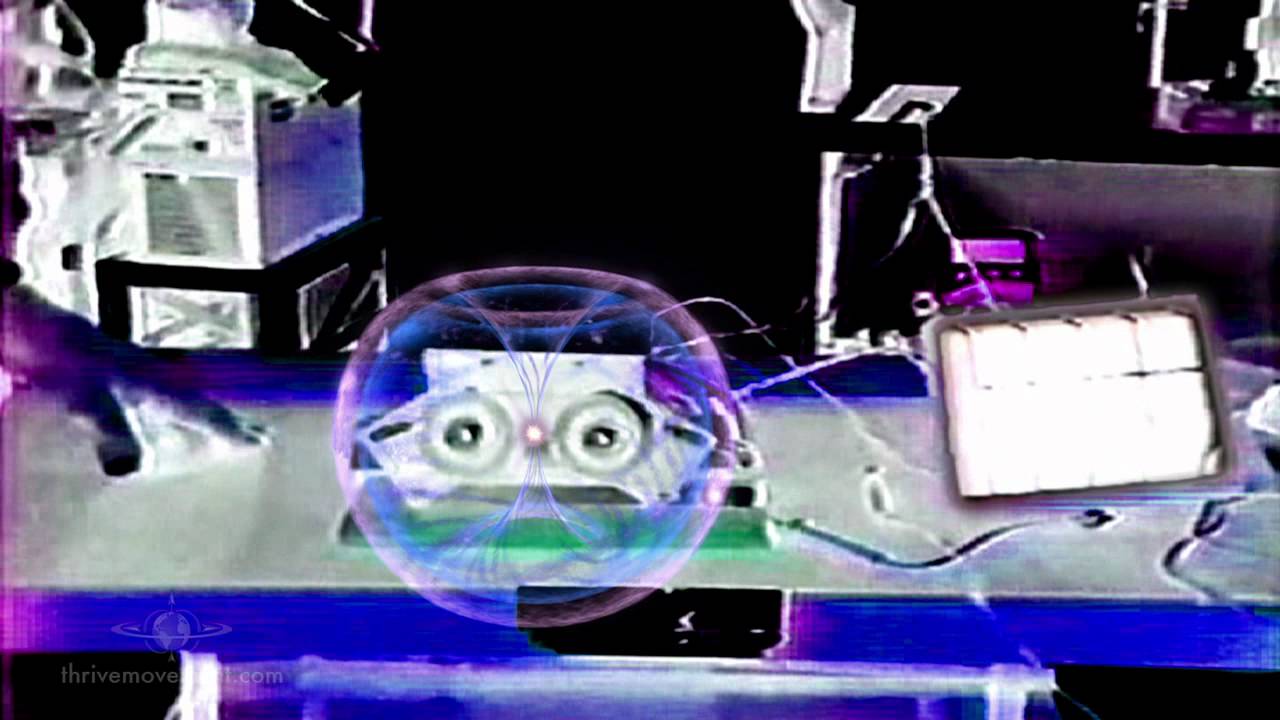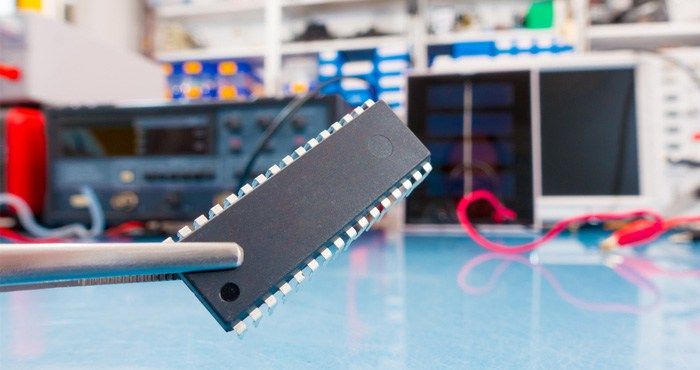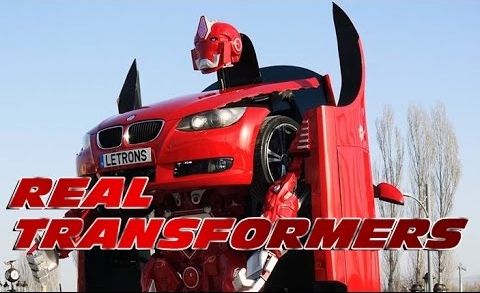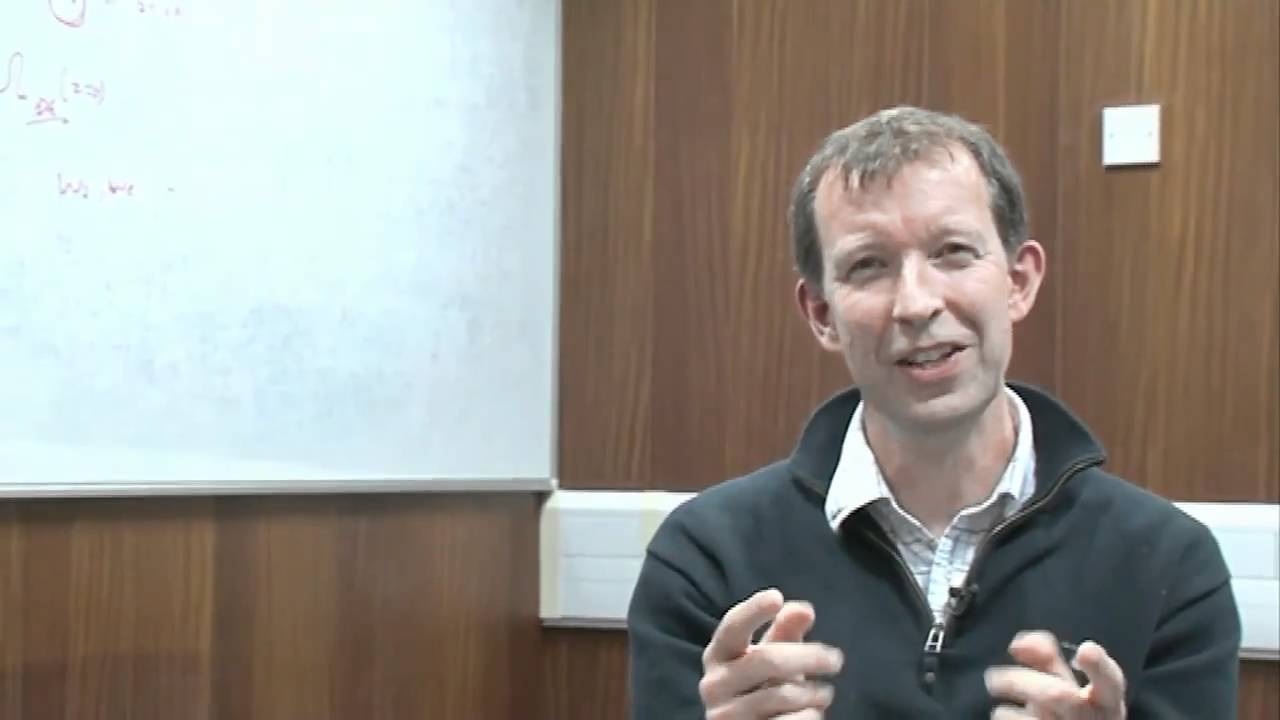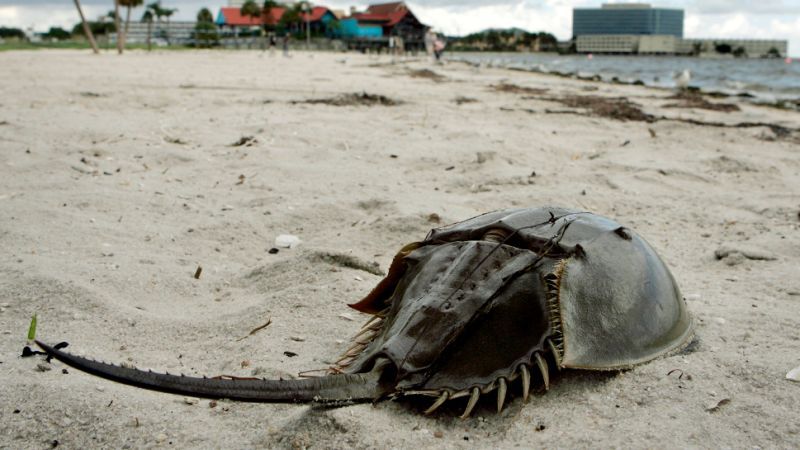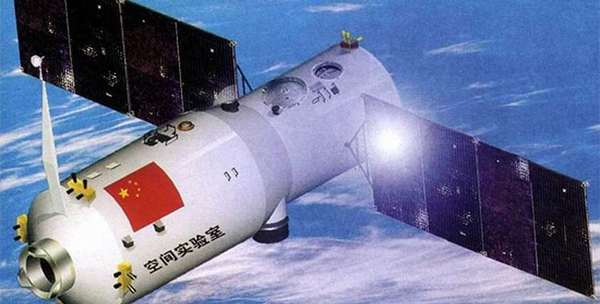Sep 15, 2016
For first time, individual atoms seen keeping away from each other or bunching up as pairs
Posted by Karen Hurst in categories: climatology, particle physics, quantum physics
Scientists have identified a new method in understanding superconductors, and what one should do to make higher-temperature superconductors even at room temperature. This is certainly a huge deal as we continue to look at ways to build QC machines and devices. Something that my friends at Google should be interested in.
“Learning from this model, we can understand what’s really going on in these superconductors, and what one should do to make higher-temperature superconductors, approaching hopefully room temperature,” says Martin Zwierlein, professor of physics and principal investigator in MIT’s Research Laboratory of Electronics. Credit: Illustration: Christine Daniloff/MIT
If you bottle up a gas and try to image its atoms using today’s most powerful microscopes, you will see little more than a shadowy blur. Atoms zip around at lightning speeds and are difficult to pin down at ambient temperatures.
